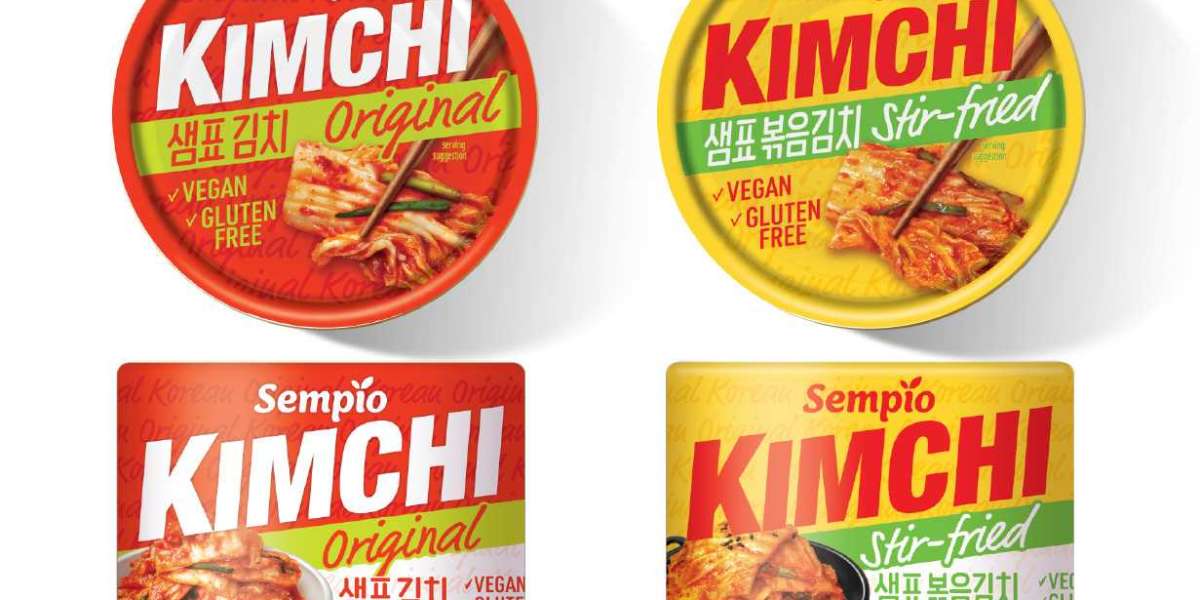Forget about the worries about kimchi retaining its freshness and leaking its "unique smell" when it is delivered overseas; this is the 21st century. The use of novel packaging methods, the expansion of overseas manufacturing, and the gathering of scientific evidence that the traditional side dish is beneficial to one's health are all strategies being pursued by Korean enterprises in order to increase their kimchi exports.
In a statement released Thursday, the state-owned Korea Agro-Fisheries Food Trade Corp. said it has introduced a new kimchi product that can help people with bowel movement problems and would begin exporting it to Japan later this year.
According to the World Institute of Kimchi, the kimchi was developed in collaboration with the government-funded World Institute of Kimchi and contains fructooligosaccharides, a natural health-promoting substance derived from plants.
aT's Japanese branch was successful in obtaining scientific confirmation that Korean kimchi was a "functional food" for the first time, according to the agency's official. A functional food is defined as one that has health advantages, and kimchi falls into this category.
Moreover, the official noted that it was strange that Japanese kimchi had been launched into the local market as a functional food but Korean kimchi had failed to get recognition as such.
aT's Ki No-sun, director of the food exports section, said in a statement, "We are excited about the possibility that will pave the way for the acceleration of kimchi shipments to Japan."
Sempio, a local food manufacturer, has introduced canned kimchi to the market, with an eye toward the United States and Europe.
According to the company, the two types of kimchi available are original kimchi and cooked kimchi, both of which are packaged in compact cans for consumers to enjoy.
A Sempio official explained that, "instead of anchovy sauce, which gives off a strong fermented fish smell, we use a plant-based sauce, which minimizes the strong fragrance for vegans and the general public."
Sempio also intends to broaden its customer base by producing a kimchi sauce kit, which will include components such as garlic, onion, red pepper powder, and other seasonings.
According to the firm, the sauce kit enables international users to produce kimchi in under 10 minutes, and videos of people creating cucumber kimchi on TikTok have proven to be a huge popularity internationally.
Additionally, the food behemoth Daesang group stated that it will manufacture vegan kimchi, beet and pickle kimchi, and white kimchi at a newly constructed facility in Los Angeles.
White kimchi is made without the use of red pepper flakes and has a milder and less spicy flavor. According to the official, in the case of vegan kimchi, oyster and other seafood sauce are not included in the fermentation process.
According to the company, the demand for kimchi in the United States began to rise after PBS broadcasted a Korean culinary documentary called "Kimchi Chronicles" back in 2011. According to the report, when Michelle Obama tweeted that she had made kimchi from cabbage grown in the White House garden, the general public expressed a strong interest in the dish as well.
According to data from the Korea Customs Service, kimchi exports increased by more than twofold to $159.9 million in 2021 when compared to the same year the previous year. The number of exporting countries has climbed from 61 in 2011 to 89 in 2021, according to the World Bank.



